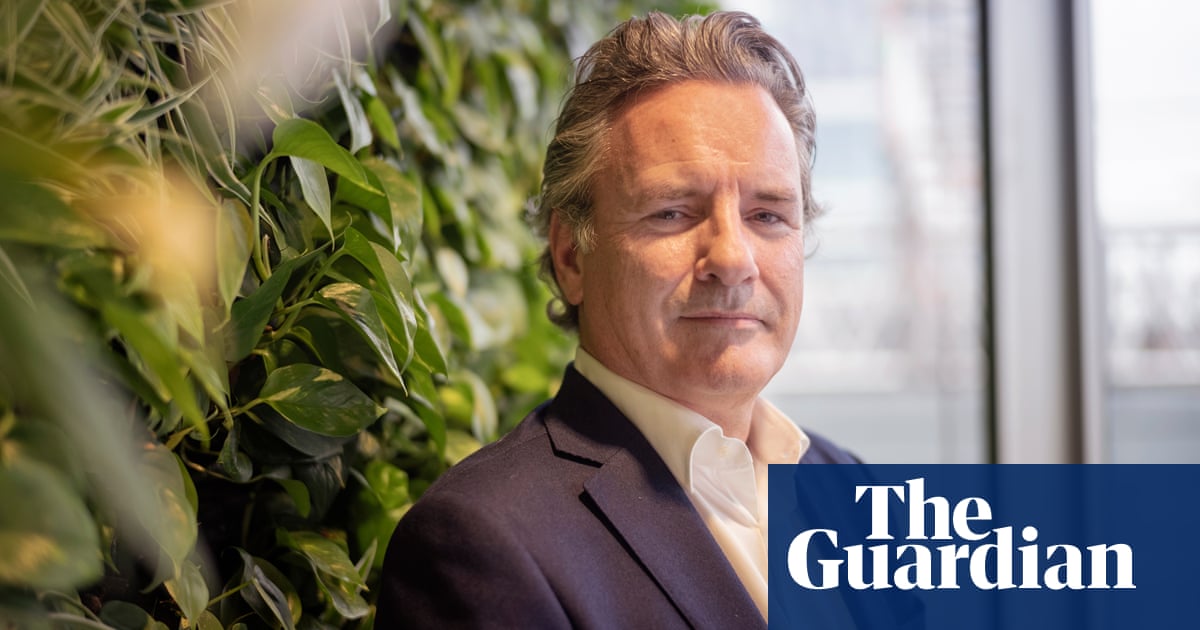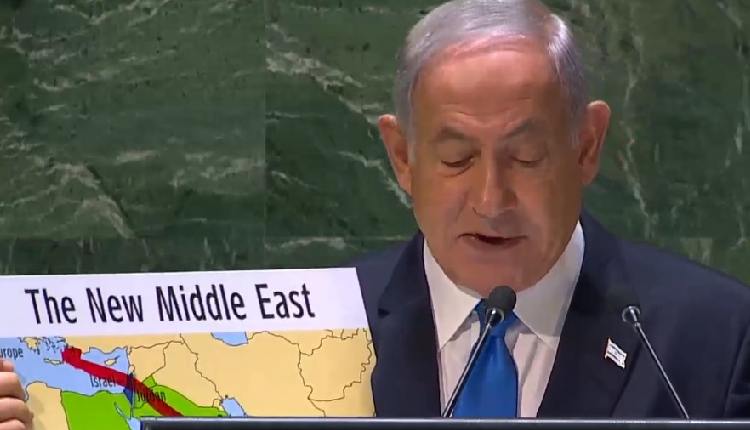
Nick Boyle, the founder and chief executive of solar power giant Lightsource BP, is striding through its central London headquarters speaking as quickly as he walks. It takes a lot of energy for one man to make a sprawling office emptied by Covid-19 feel alive, but the Irishman has more than enough for the job.
It is less than a year since the oil corporation BP, the venture’s joint-owner, thrust it into the spotlight by unveiling plans to grow its renewable energy generation 20-fold within this decade. Now Boyle is poised to set out how Lightsource will help power one of the biggest corporate transformations ever attempted.
“We knew that the interest in solar and renewables was going to rise. But not even in my wildest dreams would I have assumed that it was going to rise at the pace that it has,” Boyle says.
The former financial services executive founded the company, then known as Lightsource Renewable Energy, at the end of 2010 with five employees and a solar farm in Truro, Cornwall, capable of generating enough electricity to power 430 homes. Within seven years Boyle had grown the company to a team of 300, with solar farms in Ireland, Netherlands, India and the US – catching the eye of major players hoping to buy into the solar boom.
It was at the end of 2017 that the oil giant’s acquisition of 43% of the company, now rebranded as Lightsource BP, was agreed. Two years later that stake was increased to create the 50:50 joint venture in place today.
“The word ‘symbiosis’ seems to be used to describe the relationship we have with BP, and I think that’s a very fair description’,” Boyle says. It was a deal that helped make Lightsource one of the fastest growing solar companies in the world, and provided BP with the clean-energy testbed it needed to propose one of the greatest transformation plans in corporate history.
The venture has tripled its global reach to 15 countries, and doubled its workforce from 300 in 2017 to around 600 staff across its global portfolio today. Lightsource BP’s initial goal was to use the oil giant’s financial muscle to grow a 1.6 gigawatt pipeline of solar projects to a portfolio of 10GW of solar investments by 2023.
“We didn’t sit back and plan to deliver 10GW; we realised at some point the question would be asked: ‘Have you got the capability to do more?’” Boyle says.
Since then BP has brought in a new CEO, Bernard Looney, and discovered a renewed appetite for renewable energy. The new target is now for Lightsource BP to more than double its planned solar rollout, to 25GW by 2025.
“One of things that we’ve done really well in the first years in partnership with BP is that we’ve set aggressive targets and we’ve delivered on every one them … They were able to believe us when we said: ‘Guys, 10GW isn’t really pushing the envelope.’ That was the start of the conversation about how we redefine what ‘good’ looks like,” Boyle says.
Solar energy is expected to play a crucial role in helping BP meet its 2030 renewable energy target because solar farms can be rolled out far quicker than its plans to build offshore wind farms by the second half of the decade. As well as Lightsource’s facilities, BP also plans to finance its own solar farms which the solar venture will develop and run as a “gun for hire”.
“We already have momentum,” Boyle says. “The fact that we are able to deliver with confidence allows BP to believe that their early 2025 [interim target] is actually doable predominantly through solar, and that’s important to them.”
This confidence is also important to BP’s shareholders, many of whom remain sceptical that the financial returns from renewable energy can compete with the cash generated from barrels of crude.
“This is always an amusing one for me,” Boyle says. “People who compare the returns on solar with oil and gas miss the fact that they’re comparing an apple to a fish.”
Boyle was drawn to the solar industry from a background in retail financial services, “selling a little bit to a lot of people”, because he recognised solar power’s long-term predictable returns as the “Holy Grail of small volume investments”.
“We know that the sun will come up and the sun will go down so we’re essentially creating an annuity of very predictable generation multiplied by a fixed price that has already been agreed with some of the largest companies in the world.”
Lightsource BP earlier this month struck a deal to build the largest solar farm in the US state of Louisiana to supply clean energy to McDonald’s and eBay. It has also agreed a deal to supply electricity to Amazon from an existing solar farm in Ohio, and to supply power to BP service stations from solar farms in New South Wales, Australia.
“That’s a very different bet to digging a hole and wondering whether you’ll hit gas or oil, and how much, and what it’ll cost to get it out, and what the market price will be when you get it out,” he says.
By the same analogy investing in solar would be “like digging a hole and knowing how much oil is there, how much it will cost and how much you’ll be paid for it before you start”, Boyle says.
The solar industry is not without its challenges. Earlier this year reports emerged that some of China’s biggest solar companies may have ties to Uyghur forced-labour camps in Xinjiang via polysilicon production. Ongoing US sanctions against China’s solar supply chain threaten to raise costs, and slow the pace of the industry globally.
Lightsource BP was one of the companies that sourced their panels and components from the companies linked to Xinjiang, albeit prior to 2016 when the state-sanctioned abuse of Uyghur communities began to gain international attention.
Boyle says the company is ready to meet these challenges “head on”. Lightsource has not used Chinese-made solar panels “for years now” due to the US sanctions, and is working with industry groups across its geographical portfolio to help improve the “traceability” of the solar supply chain.
“At the end of the day there shouldn’t be a trade-off between the advantages of renewables and the disadvantages of individuals being put through hardship,” he says.
There’s no slowing down solar, he says. In the future, demand for solar electricity will be fuelled by two things: the boom in low-cost batteries that mean solar can be used at any time, and the desire to produce green hydrogen – made from renewable electricity and water – which will mean solar will effectively be used anywhere from sea to train to plane.
“Hydrogen could be shipped around the world as an energy source which essentially came from the sun but is captured as a gas, and burned the same way as historic hydrocarbons,” Boyle says.
“The future in hydrogen alone makes the 25GW target look small. The potential for solar is absolutely huge.”
The potential for Lightsource BP appears to be just as bright.







